Ladakh, India's Rooftop
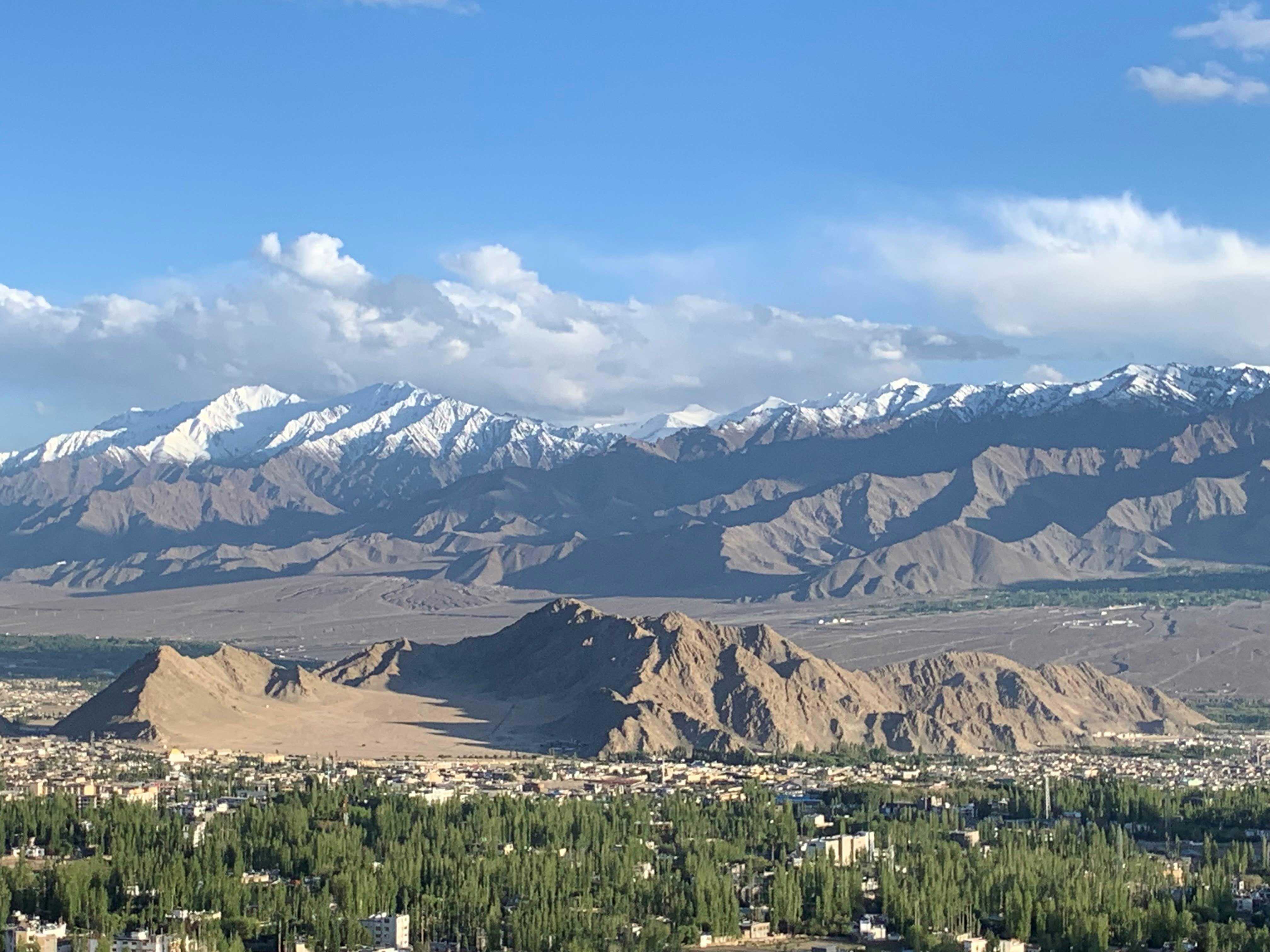 Aug 10, 2019
Aug 10, 2019
Just a 75-minute flight north of Delhi lies the region of Ladakh, India’s rooftop and a stark frozen desert. Technically a part of the state of Jammu and Kashmir, but the Ladakh region is far removed from anything Kashmiri, be it the topography, the culture, the way of life, the religious beliefs, and even the security issues that have haunted Kashmir for several years now. Ladakh is and has been an entirely safe area to travel too for all the years I can remember, with its wonderful peace-loving Buddhist residents.
For years we’d thought of going to Ladakh, but for some reason or the other we’d been postponing it, but I’m glad we finally bit the bullet the summer. Ladakh exceeded our expectations several times over, and rates highly in our very own list of beautiful places to see in the world.
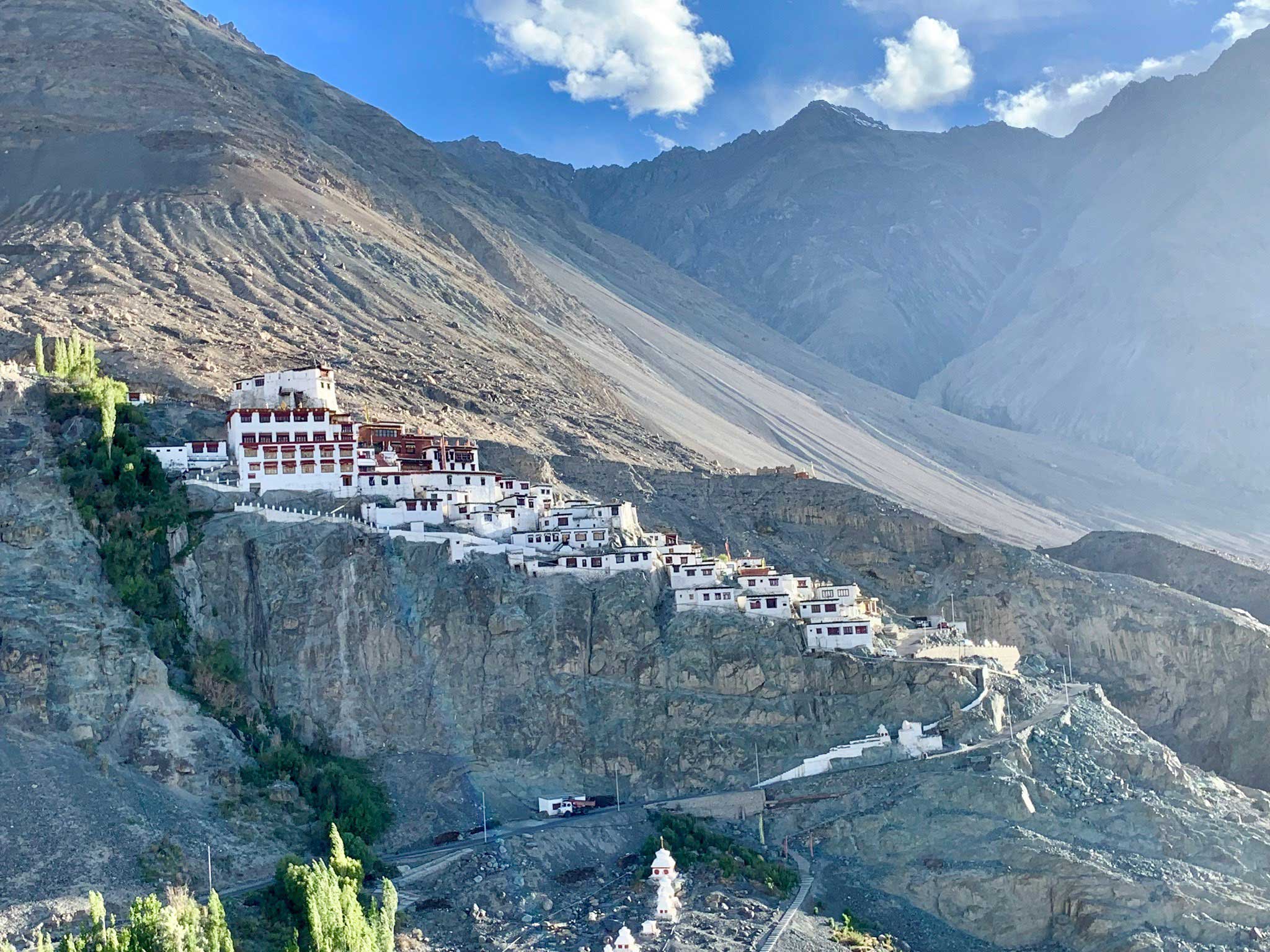
Leh, the capital of the Ladakh region, and also the city with the region's only commercial airport, is a picturesque little town. The monasteries, monks and Buddhist way of life are very much visible everywhere as also the Tibetan influences. For years Leh lacked good modern hotels, but fortunately, those days are over now, with good quality modern hotels like the Grand Dragon and the Indus Valley being there.
Leh and it’s surrounding areas have plenty to see and do, the Thiksey monastery, the Hall of Fame museum, the Shanti Stupa, the Gurudwara Pathar Sahib, etc. and the two days spent there, partly acclimatizing to the thin air with the low oxygen levels were well worth it. The local bazaar with its colorful small shops, Tibetan and Ladakhi food restaurants, all very interesting and very different from anything seen in the rest of India. Other interesting and worth visiting sites we visited were the Sangam, where the Indus and the Zanskar rivers meet, and the Magnetic Hill, where vehicles seem to be magically rolling upwards defying gravity.
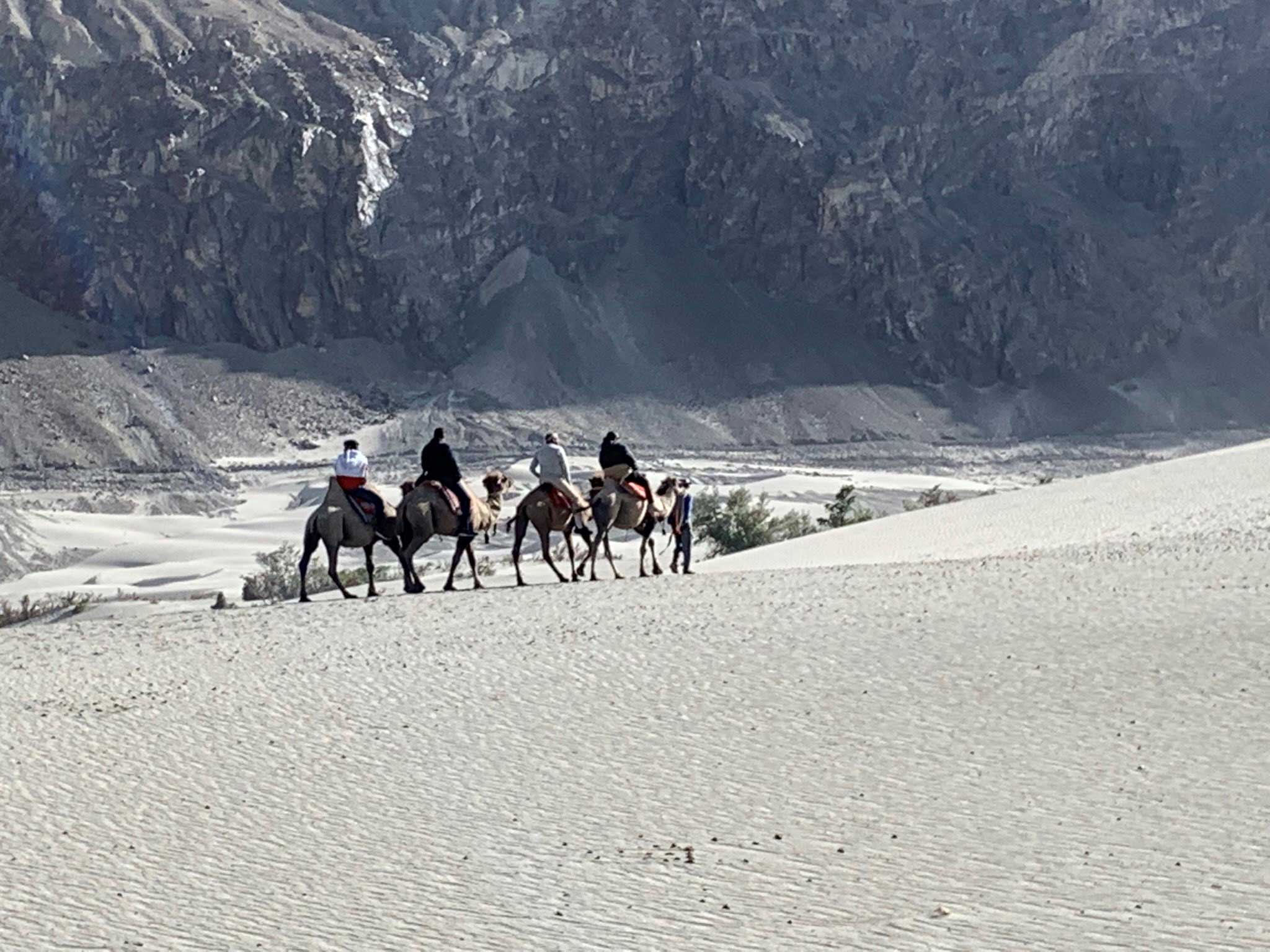
Our next stop was the Nubra Valley, with its stark desert landscape, about a 4-hour drive west of Leh. The drive from Leh to the Nubra Valley area took us through snow-capped mountains, with the Khardung La Pass, one of the highest motorable passes in the world, certainly being the highlight of the drive.
The Nubra Valley area has plenty of accommodation to suit all budgets, but for those not on a budget, the ultimate place to stay is, of course, the Ultimate Traveling Camp’s Chamba Camp. I’d have to say that the two days we spent at the Chamba camp were perhaps the best part of the trip. From the minute you arrive till the minute you depart, the service standards and the hospitality that you experience are a world apart. Luxurious tented accommodation, friendly smiling staff, gourmet cuisine, TUTC has really set the standards as far as glamping in India is concerned.
In the Nubra Valley area, there’s plenty to see and do ( provided of course that you can bring yourself to leave the luxurious surroundings of the camp ) with the Diskit Monastery just down the road , the Hunder sand dunes ( where we rode the two-humped camels ) and the remote village of Turtuk ( with a small museum run by the erstwhile Balti rulers of the area ), the village of Chang (the last village in India ) where a soldier from the Indian Army happily pointed out both, the Indian and the Pakistani border outposts to us, all this being within easy access of the Chamba camp.
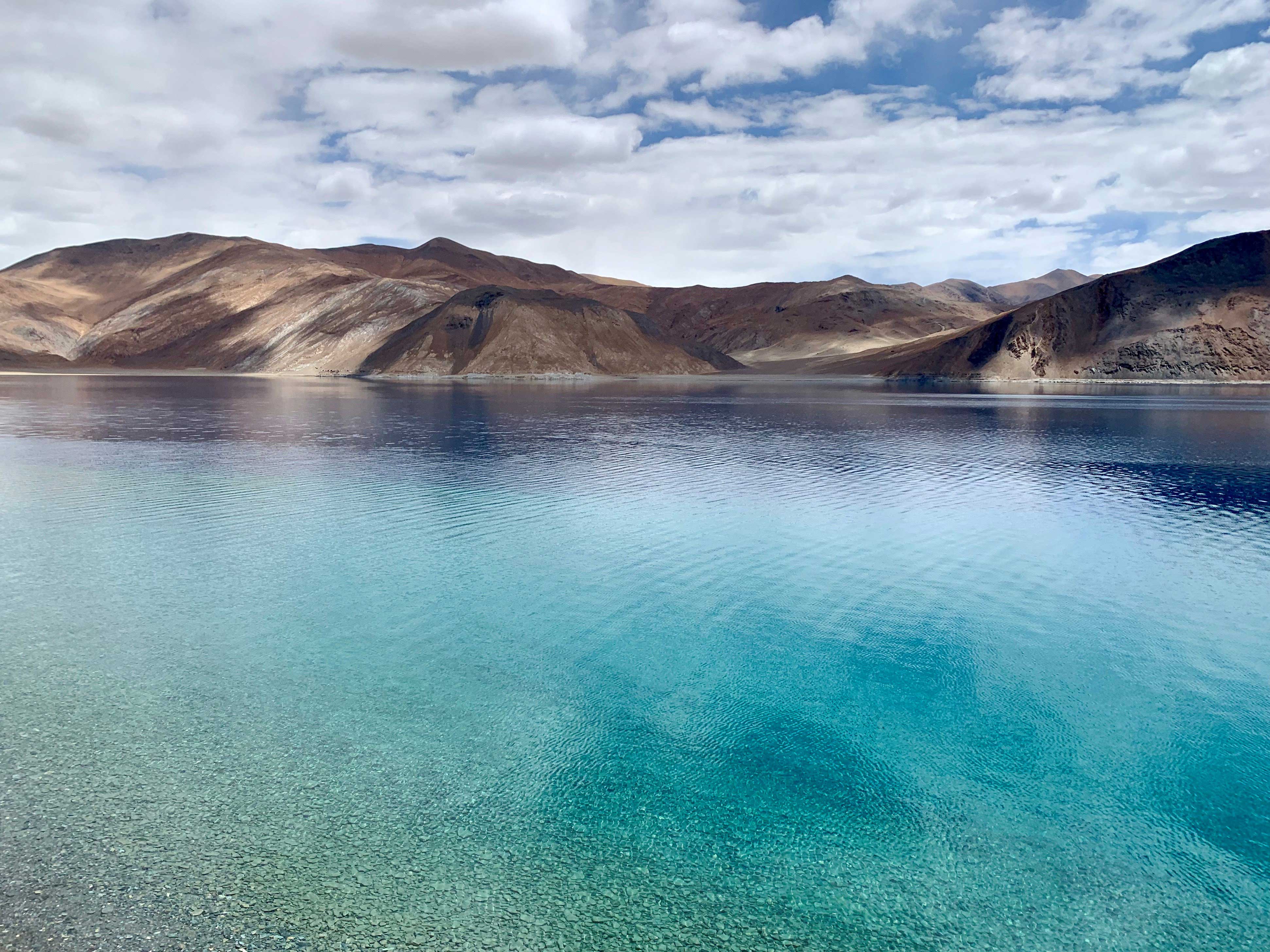
Post two wonderful, relaxing, though adventurous days at the TUTC’s Chamba camp, our next stop was the Pangong Lake, at an altitude of over 4000 meters above sea level , this lake is huge , as in 134 kilometers long and about 5 kilometers wide at this widest point and extends from India to the Tibetan part of China. Words cannot describe the beautiful lake and its surrounds, truly magical in every way and certainly worth the long drive.
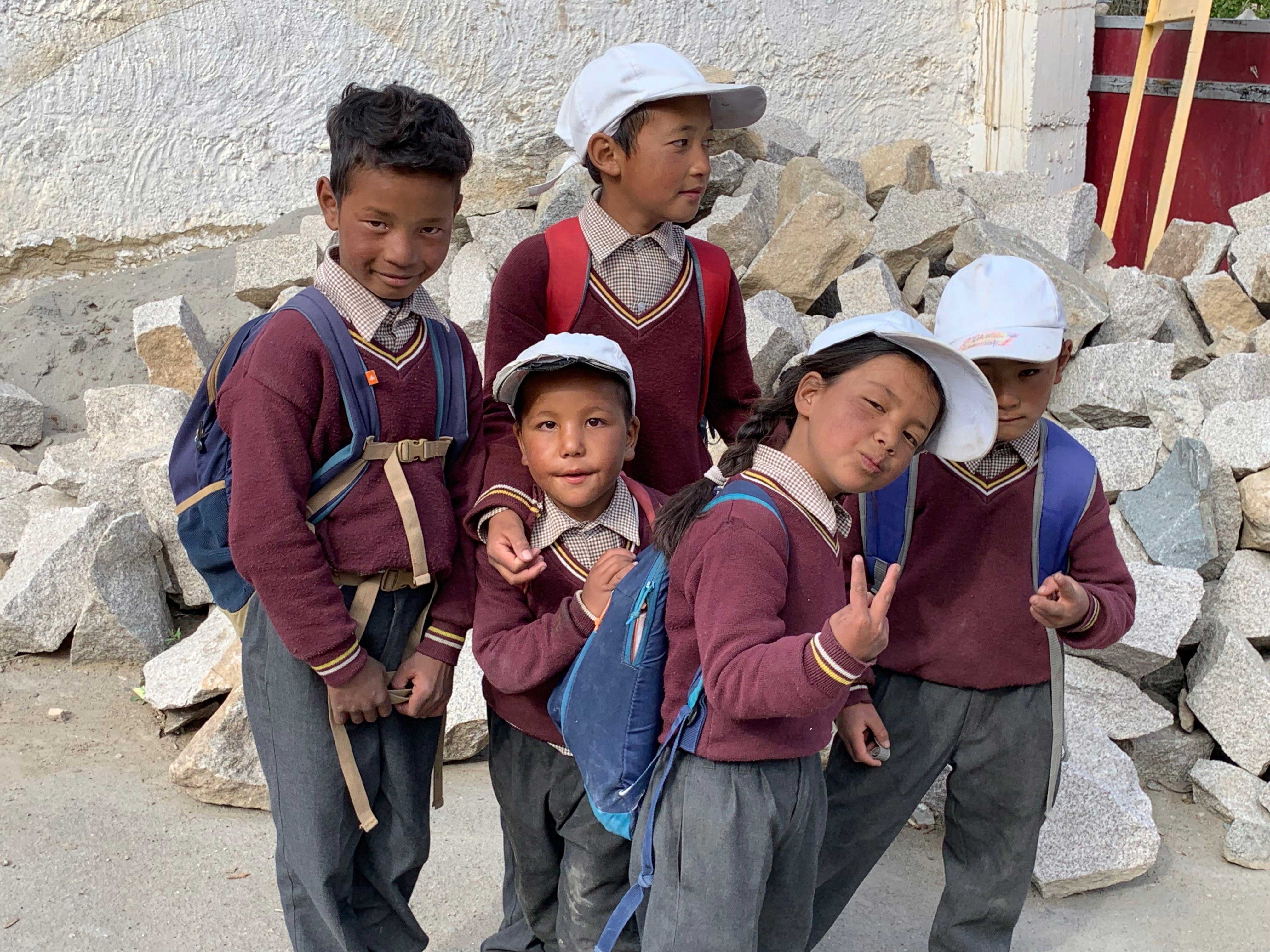
With that, it was time to bid goodbye to Ladakh, a trip that we’ll remember for long, and a destination we’d like to return to, sooner rather than later.



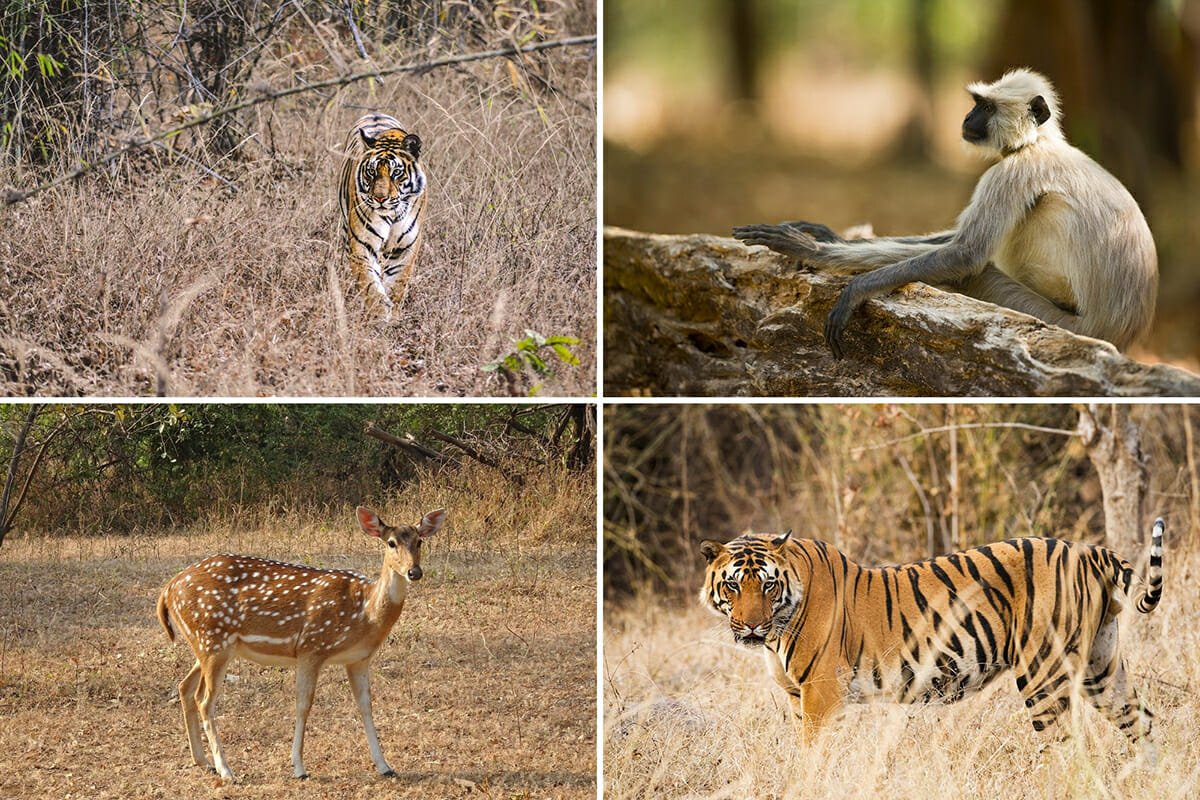

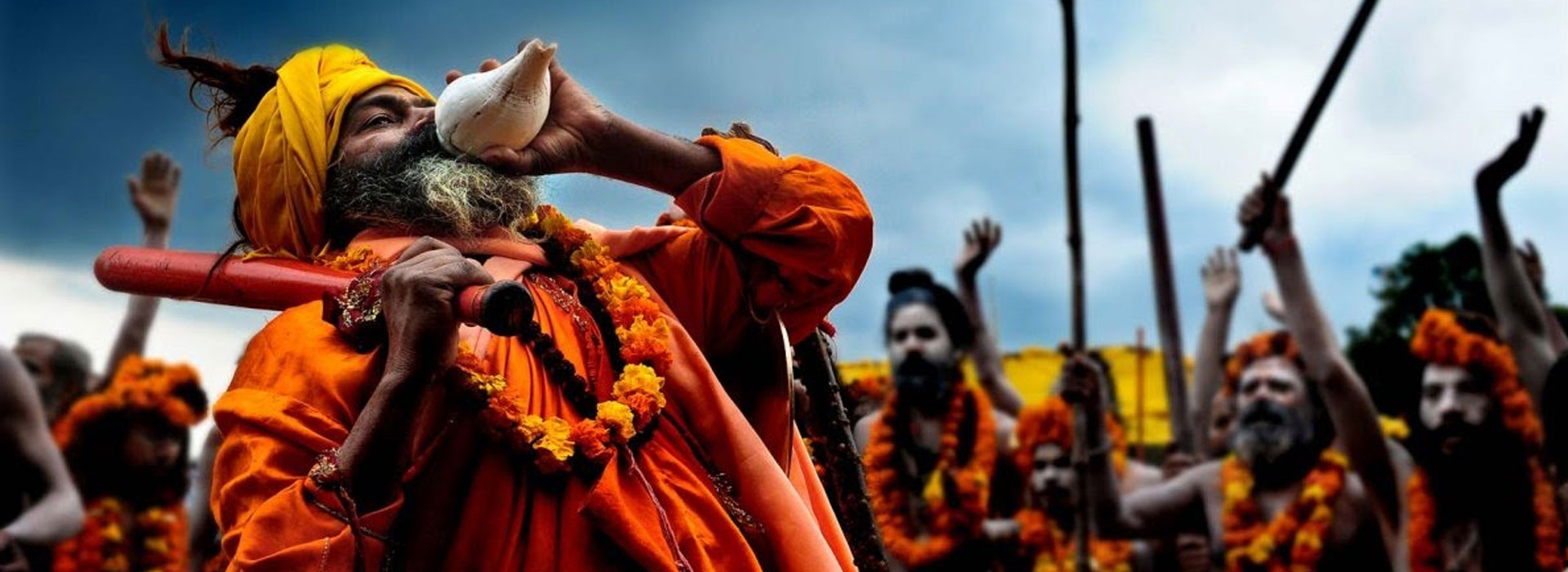
:max_bytes(150000):strip_icc()/bhaktapur-nepal-holi-HOLI0219-b713df59f115452baa1374efb3e59ff2.jpg)

0 comments on "Ladakh, India's Rooftop"